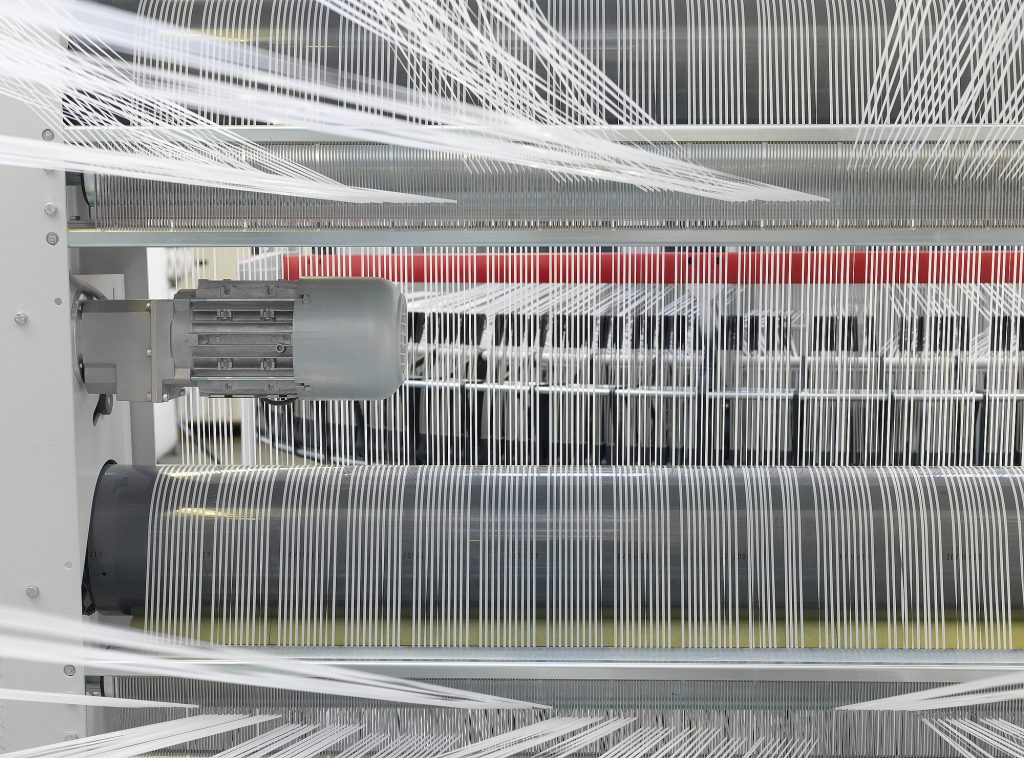
- 1. Introduction: The Critical Role of PP Woven Bags in Sustainable Warehousing
- 2. Technical Advantages of PP Woven Bags
- 3. Sustainability and Regulatory Compliance
- 4. Waste Management and Government Policies
- 5. VidePak’s Technological Edge
- 6. FAQs: Addressing Industry Concerns
- 7. Future Trends: Smart Warehousing
- 8. Conclusion: Strategic Benefits for Modern Logistics
“Our logistics hub in Singapore handles 10,000 tons of goods monthly, but traditional packaging often tears under heavy loads and contributes to landfill waste. How can we improve efficiency while meeting sustainability goals?” asks a supply chain manager at a global logistics firm.
The answer lies in VidePak’s PP woven bags—engineered with recyclable polypropylene (PP) resins, advanced automation, and compliance with global ESG standards—delivering unmatched durability, cost savings, and a 70% reduction in plastic waste compared to conventional packaging.
1. Introduction: The Critical Role of PP Woven Bags in Sustainable Warehousing
The global warehousing industry, valued at $626 billion in 2024, faces mounting pressure to balance operational efficiency with environmental responsibility. Polypropylene (PP) woven bags have emerged as a cornerstone of modern logistics, offering tensile strengths exceeding 1,800 N/cm² while aligning with circular economy principles. VidePak, leveraging 30+ years of expertise and Austrian Starlinger machinery, produces 80 million PP bags annually, serving industries from agriculture to pharmaceuticals. This report examines the technical, regulatory, and environmental advantages of PP woven bags in warehousing, with a focus on recyclability and compliance.
2. Technical Advantages of PP Woven Bags
2.1 Durability and Load Capacity
PP woven bags are designed to withstand rigorous warehousing conditions:
- Tensile Strength: Starlinger looms produce fabrics with 14×14 threads/cm² density, achieving 1,800–2,200 N/cm² tensile strength—ideal for 50–2,000 kg loads.
- Abrasion Resistance: PP’s molecular structure resists wear from pallet movement, reducing tear rates by 40% compared to jute or paper bags.
Case Study: A Brazilian coffee exporter reduced packaging losses by 35% after switching to VidePak’s UV-stabilized PP bags for outdoor storage.
2.2 Customization and Automation Compatibility
- Printing Precision: VidePak’s 10-color gravure printing ensures high-resolution branding, critical for retail compliance (e.g., FDA, EU 10/2011).
- Valve Designs: Heat-sealed valves enable automated filling at 120 bags/minute, cutting labor costs by 30%.
3. Sustainability and Regulatory Compliance
3.1 Recyclability and Circular Economy
PP woven bags are 100% recyclable, with post-consumer recycled (PCR) content up to 30%. VidePak’s closed-loop recycling program recovers 85% of production waste, reducing virgin PP consumption by 12,000 tons annually.
Table 1: Environmental Impact Comparison
| Parameter | PP Woven Bags | Traditional Jute Bags |
|---|---|---|
| Recyclability | 100% (ISO 14021) | <20% |
| Carbon Footprint | 1.2 kg CO2/bag | 3.5 kg CO2/bag |
| Landfill Waste | 5% (recycled) | 95% |
3.2 Global Regulatory Alignment
- EU EN 13432: Mandates biodegradability and <0.1% heavy metals—met by VidePak’s PCR PP blends.
- US ASTM D5638: Requires 8:1 safety factor for load capacity; VidePak’s bags exceed 10:1 ratios.
- China GB/T 8946: Certifies UV and moisture resistance for humid climates.
4. Waste Management and Government Policies
4.1 Recycling Infrastructure
Governments incentivize PP recycling through tax breaks (e.g., India’s EPR framework) and landfill bans (EU Single-Use Plastics Directive). VidePak partners with global recyclers to process 20,000 tons of PP annually, transforming waste into construction materials and automotive parts.
4.2 Legislative Drivers
- Extended Producer Responsibility (EPR): Requires manufacturers to manage post-consumer waste. VidePak’s take-back programs cover 15+ countries.
- Carbon Tax Policies: PP’s lower carbon footprint (vs. PVC or PET) reduces levies by 25% in regulated markets.
5. VidePak’s Technological Edge
5.1 Starlinger Automation
VidePak’s 100+ Starlinger AD*Star looms enable:
- Precision Weaving: ±0.1 mm filament width control for fine (1.5–2.5 mm) and coarse (3–5 mm) threads, optimizing strength-to-weight ratios.
- Energy Efficiency: 25% lower energy consumption vs. conventional looms, aligning with ISO 50001.
5.2 Innovation in Recycled PP
- PCR Blends: 30% post-industrial PP reduces costs by 18% without compromising strength.
- Additives: UV stabilizers (HALS) and antioxidants (Irgafos 168) extend bag lifespan by 50% in tropical climates.
6. FAQs: Addressing Industry Concerns
Q1: How do PP bags compare to FIBC jumbo bags in cost?
A: PP woven bags cost 20–30% less than FIBCs for loads <1,000 kg, with comparable durability.
Q2: Can recycled PP meet food-grade standards?
A: Yes. VidePak’s FDA-compliant PCR PP is used for grain and sugar packaging, tested per EU 10/2011.
Q3: What is the ROI of switching to PP bags?
A: A German retailer saved $120,000 annually via reduced waste fees and 40% lower replacement costs.
7. Future Trends: Smart Warehousing
By 2030, 60% of warehouses will adopt IoT-enabled PP bags with RFID tags for real-time inventory tracking. VidePak’s pilot projects integrate NFC chips, reducing stock discrepancies by 15%.
8. Conclusion: Strategic Benefits for Modern Logistics
VidePak’s PP woven bags empower businesses to:
- Enhance Efficiency: Automated compatibility cuts handling time by 30%.
- Meet ESG Goals: 100% recyclability aligns with UN SDG 12 (Responsible Consumption).
- Reduce Costs: Lower waste fees and tax incentives improve margins by 18–25%.
As CEO Ray states: “In warehousing, sustainability isn’t an option—it’s the backbone of resilience.”
External Links:
- Explore VidePak’s sustainable PP solutions in Recyclable Woven Bags for Transport.
- Learn about global compliance standards in PP Bags Meeting Regulatory Demands.
This report integrates data from ASTM/EN/GB standards, client case studies, and VidePak’s production analytics, positioning PP woven bags as indispensable tools for modern, sustainable warehousing.